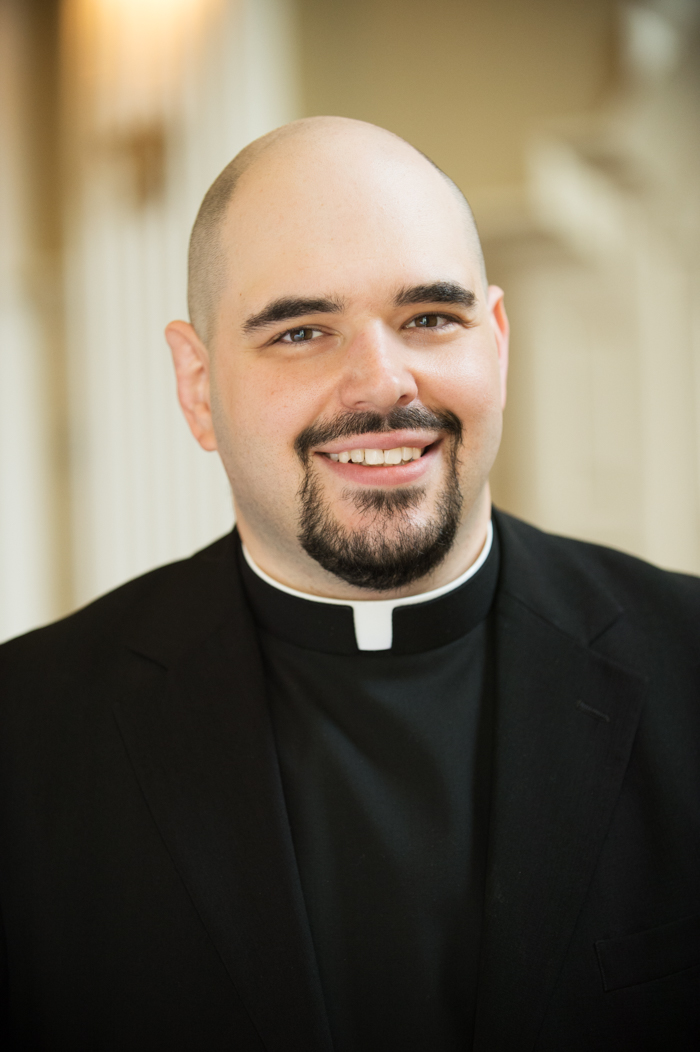Nothing the Church does in her liturgy is without meaning. The sights, the sounds and even the smells of sacred worship collectively immerse us in something deeper – they draw us, through the avenues of our bodily senses, into a world where our internal attitudes and spiritual dispositions become tangible in the external language of sign and symbol.
During Advent, our longing sighs for the light of the world found expression in a liturgy that was dark and muted. At Christmas, we rejoiced finally at the arrival of that light in the birth of God’s Holy Word, and our liturgy became dazzlingly bright, robed in white and gold, and filled with the sweet fragrance of incense.
During this time of Lent, we fast. We deny ourselves in an effort to die to sin, as we together journey through an arid desert landscape. Accordingly, our liturgy is stripped almost completely bare. Flowers disappear and we use musical instruments far less. During this sacred time, the Church suppresses many external expressions of joy – the Gloria and the Alleluia, for example, both deliberately vanish – so that when these reappear in our Easter liturgies, they do so with a renewed freshness and deepened meaning.
As we move closer and closer to the Sacred Triduum, the highest holy days of our faith, our fast intensifies all the more.
For many centuries, the Gospel read on this Sunday, the fifth of Lent, was John 8:46-59. If you find the chance, pick up a bible and read this passage. The scene is one where the crowds become particularly angered at the claim of Jesus that He knows the Father and has existed since even before Abraham. It’s an example of the kind of speech that was construed as unforgivably blasphemous and led others to clamor for the speaker’s punishment and death. In fact, the ones who hear Jesus prepare to stone him; he escapes them only by “hiding himself” and running out of the temple.
It is from this action of Christ in the Gospel that the Church developed the practice of shrouding his image on this day: we hide Him, so to speak, as He hid Himself. Soon, this practice was extended to the images of saints as well, for the Church quickly recognized the value in incorporating our other bodily senses into the Lenten fast: making it a fast of the eyes as well as of the stomach.
Though we no longer hear this section of John on this day, the spiritual value of a visual fast remains. As such, many places maintain the laudable practice of veiled images from the Fifth Sunday of Lent until Holy Saturday. The altar crucifixes, statues, and icon of Our Lady of Perpetual Help will remain veiled until the time of the Easter Vigil.
Rev. Nicholas Kostyk

